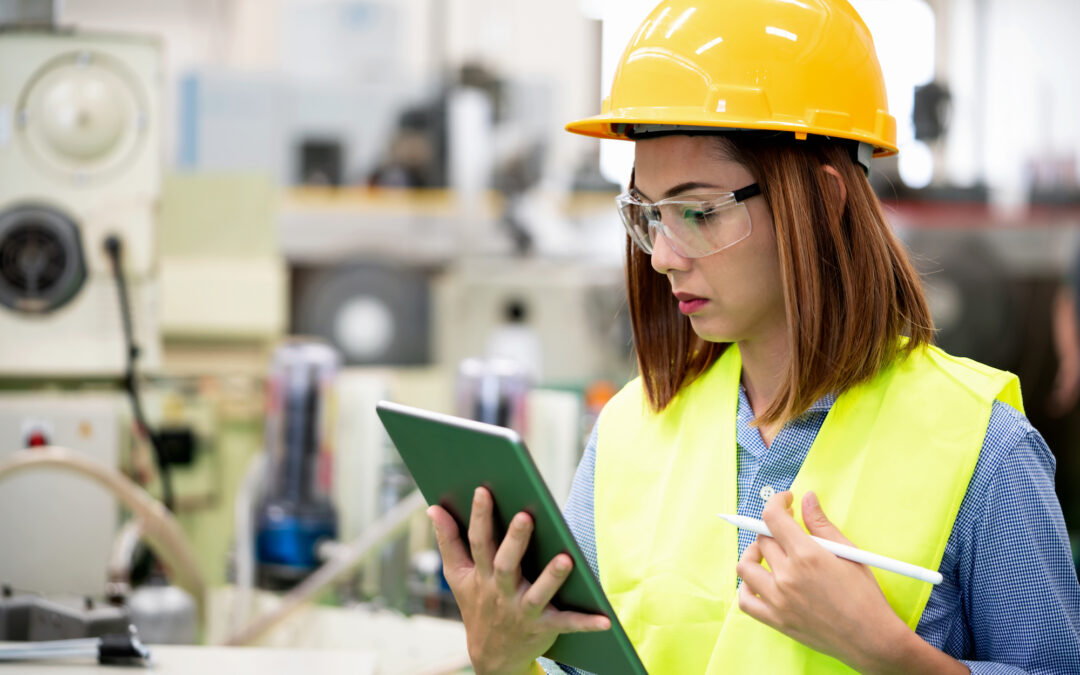Preventing workplace injuries is the primary goal of any safety and health program. To achieve that goal, an organization must first reduce the number of hazardous activities and conditions. Unfortunately, many organizations fail because they put all the hazard identification and reduction responsibility onto the safety professional.
Safety is a team effort, and the more eyes you have looking for hazards and thinking of ways to eliminate them, the safer your workplace will become. In addition, the employees in the field who encounter hazards daily often have innovative ways of managing them, ones that management might never think of. Reducing the number of workplace accidents is one of the main benefits of getting all levels of staff involved in hazard recognition, but there are more.
Better data
The most effective safety and health programs are proactive and aim to stop accidents before they occur. Having robust leading indicator data is the best way to make predictive choices about where the next accident might be.
For example, if your audits show a trend of workers not wearing mandatory fall protection near a fall hazard, you know where to focus your efforts to prevent a potential tragedy. To get those leading indicators, your organization needs more people conducting safety audits and reporting workplace hazards.
How To Get Workers Involved in Hazard Recognition
It’s challenging to focus on more than one thing at a time, and we are often blind to the things not in our area of focus. That’s why it’s essential to take the time to point out the hazards in a workplace.
“I think awareness campaigns are so important because before I was involved in safety, I didn’t think about safety. Even if I was on a construction site, before safety was my primary career, I didn’t think about it. I just didn’t because it wasn’t something I lived every day.”
– Kristin VanSoest, Certified OSHA Outreach Instructor and Certified Slip and Fall Accident Prevention Specialist.
There are so many hazards that go unnoticed on your average work site, give employees the tools they need to recognize them.
Training
Providing employees with high-quality training pertinent to their environment is the best way to boost their awareness of hazards and prevent accidents. When teaching staff how to conduct audits, stress the importance of slowing down and completing safety inspections one question at a time. A slower, measured approach forces workers to look at their surroundings rather than quickly check off boxes. Safety inspections are not about fulfilling a requirement but creating a safer workplace.
Finally, ensure that the inspection process is formal and has standardized questions recorded digitally. This crucial step will save you hours sifting through piles of confusing or unusable data. You want to ensure that the data you collect is clean and gives you a real insight into your business.
Meetings
Daily safety meetings are an essential tool to create overall awareness of safety. Encourage employees to participate and discuss the hazards they are encountering. This communal conversation often brings new hazards to light and can give employees and management better insight into the reality of a workplace. In addition, when so many people discuss a risk, the best solution will often identify itself.
Practical exercises
Conducting practical training exercises like site walks is often beneficial. The workplace can be complicated, and its unique hazards may not match that described during training. Having groups walk a worksite, identify threats, point out their dangers, and explain how they would effectively manage them is a meaningful learning and discovery tool.
The Next Step for Continuous Improvement
Information is king; the more data a company has, the better it can make well-informed business decisions to reduce workplace accidents and achieve company goals. However, managing that data can be challenging. Thankfully, Connected Worker Software simplifies the process, organizes the data collected during hazard recognition, and analyzes it to identify meaningful trends in the data.
Using a digital tool also has the added benefit of boosting frontline worker engagement in the inspection authoring process. Also, digital tools allow organizations to make global changes to inspection questions in seconds, and many process improvement requests come directly from workers themselves.
Modern Connected Worker Software can also capture pictures and videos so leaders can better understand the situations confronting workers. Anvl gives leaders real-time insight into their data and reports helping them make strategic choices that create genuine change. Easy-to-use mobile apps and digital workflows keep quality, safety, and operations in one place, allowing companies to catch issues fast, enhance communication, and pinpoint improvements.
To learn more about Anvl, and the importance of employee hazard recognition, check out our interview with Kristin VanSoest, a certified OSHA Outreach Instructor, on the Innovation of Work podcast.


